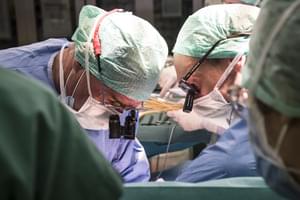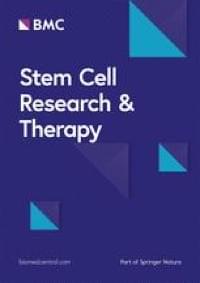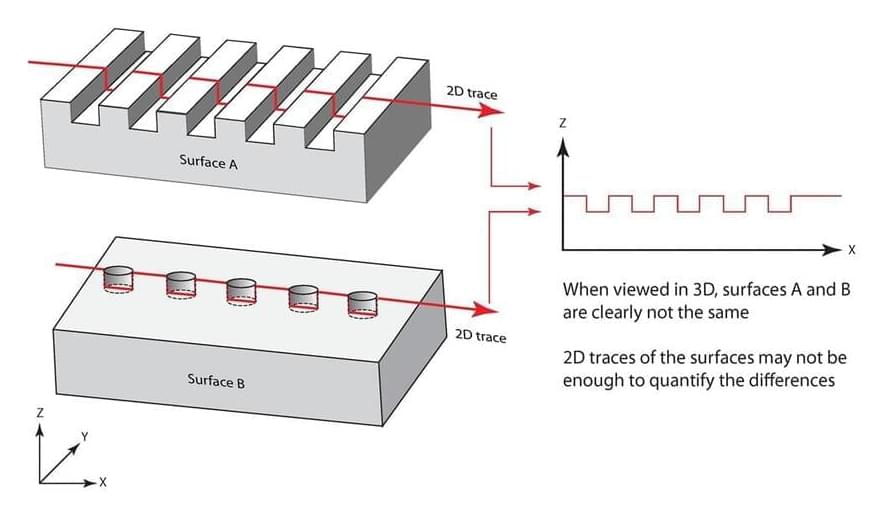May 31, 2022
Scientists Eliminate Chronic Pain in Mice and Primates Using Gene Therapy
Posted by Quinn Sena in category: biotech/medical
Using a new gene therapy technique, researchers at the University of California San Diego reduced neuropathic pain resulting from spinal cord or other nerve injuries in mice — and with no detectable side effects.
The research is highly intriguing because it could lead to new treatment options for the untold numbers of patients who experience chronic pain, numbness or weak muscles as a result of spinal cord injuries.
Treating nerve damage or dysfunction, otherwise known as neuropathy, with drugs can often lead to side effects. These drugs also have to be administered continuously, and opioids — which are particularly effective painkillers — can often lead to addiction issues.


















